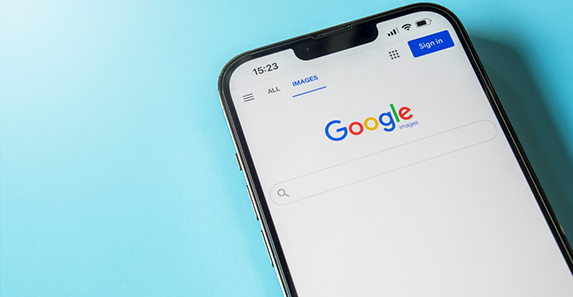*By Vinícius Boemeke
Google is always surprising.
Those who participated in the 2022 edition of the Mobile World Congress should remember that last year we were impacted by a hall of experiences from the technology giant showing not only punctual functionalities of its new devices and operating systems, but also the integration among them for a better usability.
This movement was also marked by important changes in the market, such as the fact that Samsung changed the operating system of smartwatches in the Galaxy line from a proprietary OS to use Google’s version – Wear OS.
What practical effects does this change have for us?
As a first point, the adoption of the new system opens doors for watch users to access the large base of applications available in the Google ecosystem. It also brings more freedom for Android users to not be so tied to the Korean manufacturer. But in my point of view, the most important thing is the insertion of these devices in this new environment that proposes a better experience for integrated devices.
As a user of the Apple ecosystem — computer, tablet, mobile phone and watch — I see this evolution of Google in an exceptional way. For me, until Better Together came along, there was a huge migration barrier due to the productivity and usability that my integrated Apple devices offer. For example, today I can start reading a piece of news on my mobile phone and, with one click, transfer the reading to my laptop. If I receive an email with a bank slip, I copy it on my laptop and it is automatically available to paste in the bank application on my phone.
I also no longer need to worry about unlocking my computer and mobile phone. If I am wearing my watch, just by being near it, it already unlocks my other devices. And more… If I forget my mobile phone at home or need to leave it charging plugged in, I can answer calls on my other devices.
That is what Google has been bringing to the ecosystem that integrates Android, the most used mobile operating system in the world, Chrome, the most used browser, and Chrome OS, an operating system that is starting to win many fans, especially in educational environments, with a safe proposal and with low hardware requirement.
Hardware and component diversity is a challenge
For those who work with technology, it is evident that unlike Apple, which develops software and hardware (still with few variations of components), the technology giant has a great challenge ahead due to the diversity of hardware and components of the environment in which it is inserted.
It is very interesting to explore these experiences of integration/sharing among devices live during an event like the MWC, expanding from smartphones and watches, to integration with digital picture frames, lamps, coffee makers, etc. In one of the experiences, for example, home automation identifies that the integrated smartphones are no longer in the environment and automatically turns off the lights to reduce energy consumption.
Despite not being as popular as other innovations, and therefore not gaining as much prominence at the event, Better Together is setting its sights on the corporate market, bringing technologies that allow for increased productivity and a more fluid experience when switching between the different devices used in professional everyday life.
Seeing other actions by Google in the Android area at MWC23, I would dare to expand the concept, as I see that not only the devices work better together, but also the integration of major players is bringing benefits to people and the planet.
Alongside the Better Together experiences, we can also see examples of cooperation from operators and manufacturers committing to environmental action. As an example, Samsung used recycled pet bottles for various parts of its mobile phones. Also, in partnership with Android, Orange and Vodafone promote sustainability actions, including reconditioning, return at the end of the life cycle, recycling and device repair.
Still on sustainability, I was very positively impressed with the action of Nokia HMD, which is including in the development of its products the concern with durability and repairability. As a result, we already have new devices created to allow and facilitate repairs, including a sensational partnership with iFixit – an American company that, in addition to reselling parts and tool kits, offers manuals so that consumers themselves can repair their devices. In the case of new Nokia devices, in the event of a need to replace a part, the user can access iFixIt to buy the part and already have access to the manual on how to repair it.
Soon, in my last article of this year’s series, I will talk again about news and bring insights from what I saw during the event. See you!
*Vinícius Boemeke is the CEO at Pulsus



